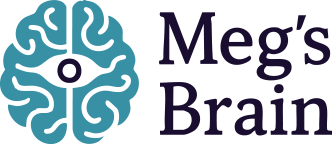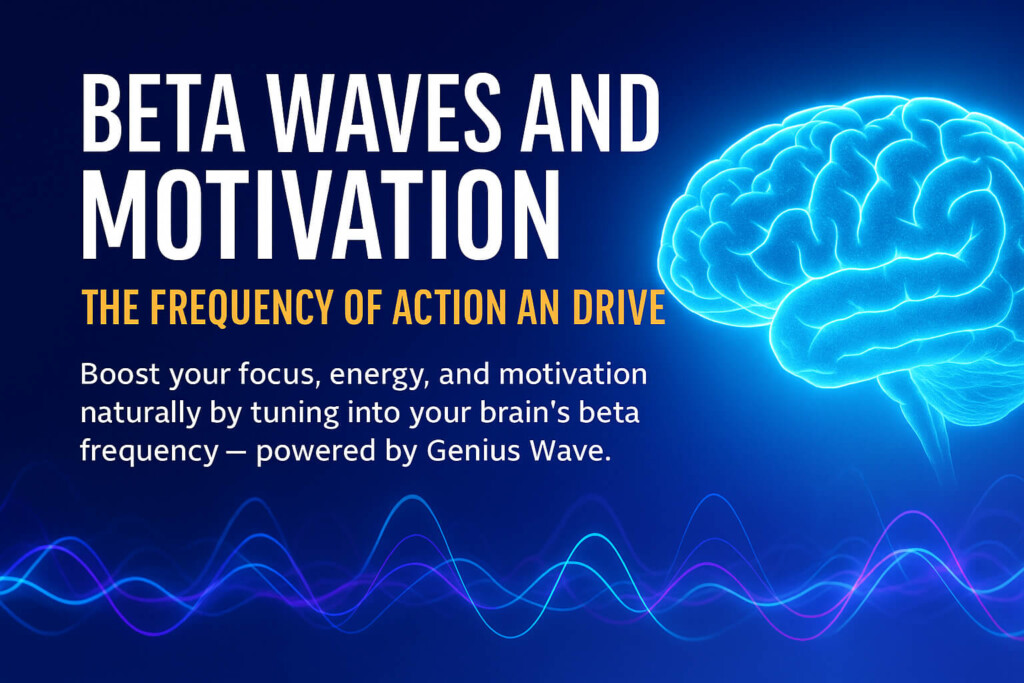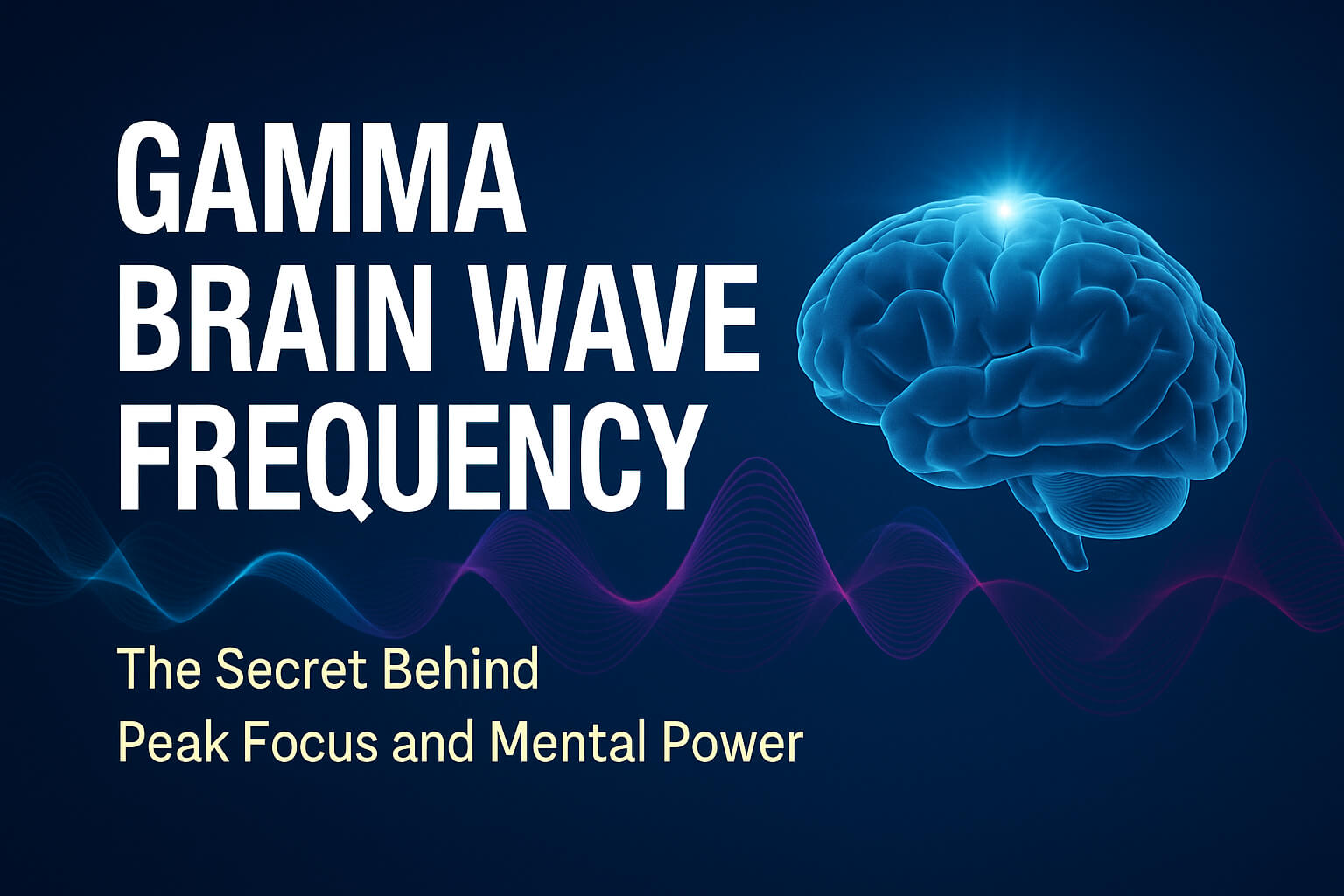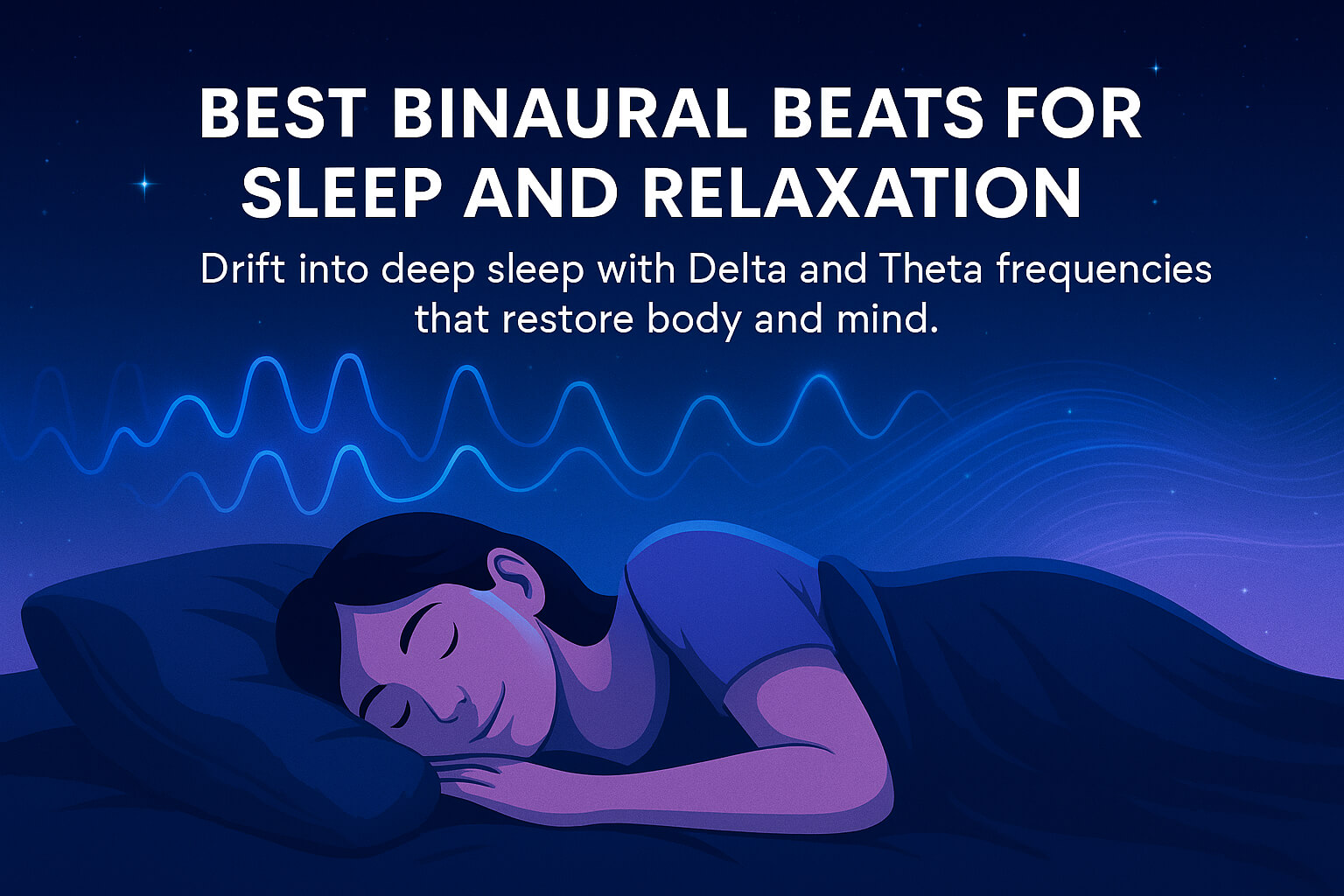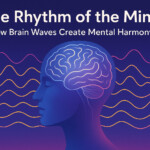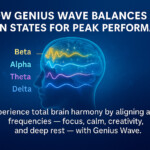Now Reading: Isochronic Tones: The Science of Sound That Reprograms the Mind
- 01
Isochronic Tones: The Science of Sound That Reprograms the Mind
Isochronic Tones: The Science of Sound That Reprograms the Mind
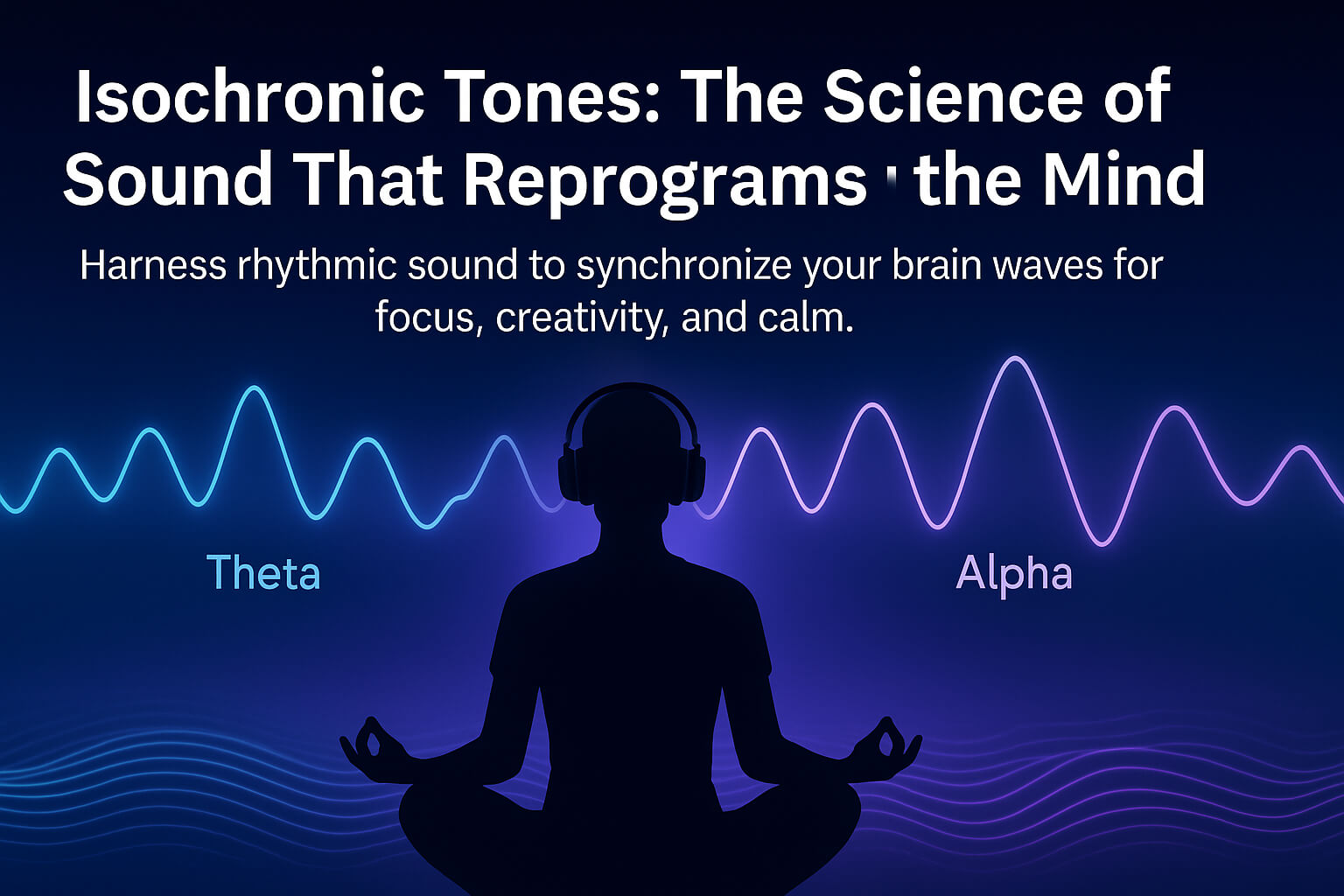
🌟 Introduction
The human brain is an electrical symphony — billions of neurons firing rhythmically to create thoughts, emotions, and awareness.
Isochronic tones are one of the most fascinating tools discovered in neuroscience for influencing this rhythm — the brain’s natural frequency map.
These rhythmic, pulsing sounds are designed to synchronize your brain waves with specific mental states — whether deep relaxation, focus, or creativity.
Unlike binaural beats, which require headphones, isochronic tones work through clear, evenly spaced audio pulses that the brain entrains to naturally.
🎵 What Are Isochronic Tones?
Isochronic tones are evenly spaced sound pulses that stimulate the brain’s electrical activity.
Each pulse corresponds to a certain frequency (measured in hertz), and when your brain synchronizes with that frequency, it enters a predictable mental state.
For example:
Theta (4–8 Hz): Deep relaxation, creativity, subconscious access.
Alpha (8–12 Hz): Calm alertness and mindful focus.
Beta (13–30 Hz): Concentration, decision-making, and active thinking.
The brain’s ability to “lock onto” these frequencies is called brainwave entrainment — a phenomenon supported by decades of EEG research.
🧠 The Science Behind Mind Reprogramming
Your subconscious mind operates like a pattern-recognition machine. It runs habits, emotions, and beliefs below conscious awareness.
When exposed to isochronic tones at specific frequencies, your neural pathways begin to “fire together, wire together.”
This is where neuroplasticity takes over — the brain’s ability to reshape itself.
Listening to isochronic tones while visualizing goals or practicing positive affirmations accelerates that rewiring process.
EEG scans show that isochronic stimulation strengthens synchronization between the prefrontal cortex (decision-making) and limbic regions (emotional regulation).
This helps break old mental loops like overthinking or self-doubt and replaces them with clearer focus and confidence.
🌙 Isochronic Tones vs. Binaural Beats
Although both influence brain waves, they work differently:
Binaural beats: Two slightly different frequencies played in each ear.
Isochronic tones: Single, rhythmic sound pulses that don’t require stereo listening.
Studies suggest isochronic tones may produce a stronger cortical response because of their distinct, measurable rhythm.
For productivity or meditation, users often report quicker transitions into Alpha and Theta states.
⚡ How to Use Isochronic Tones Effectively
To maximize the benefits, consistency is key.
Here’s how most users integrate them into their daily routines:
Morning Focus Session (Alpha Waves): 10 minutes of listening while planning your day.
Afternoon Reset (Theta Waves): 7–10 minutes for mental clarity and emotional calm.
Night Relaxation (Delta Waves): Before bed for deep sleep and subconscious recovery.
Over time, these sessions teach your brain to enter powerful mental states on demand — without external audio support.
🌈 Real-World Benefits Reported by Listeners
Users consistently describe:
Sharper mental focus
Reduced stress and anxiety
Improved sleep quality
Stronger emotional regulation
Enhanced creativity and flow
Most effects are cumulative — they grow stronger with regular use.
Many combine isochronic listening with breathing exercises, journaling, or visualization for maximum neuroplastic effect.
🧩 Conclusion
Isochronic tones are more than just sounds — they’re neural training tools that teach your brain how to think, focus, and relax more efficiently.
When paired with intention, they can reprogram subconscious beliefs, boost energy, and unlock mental clarity.
